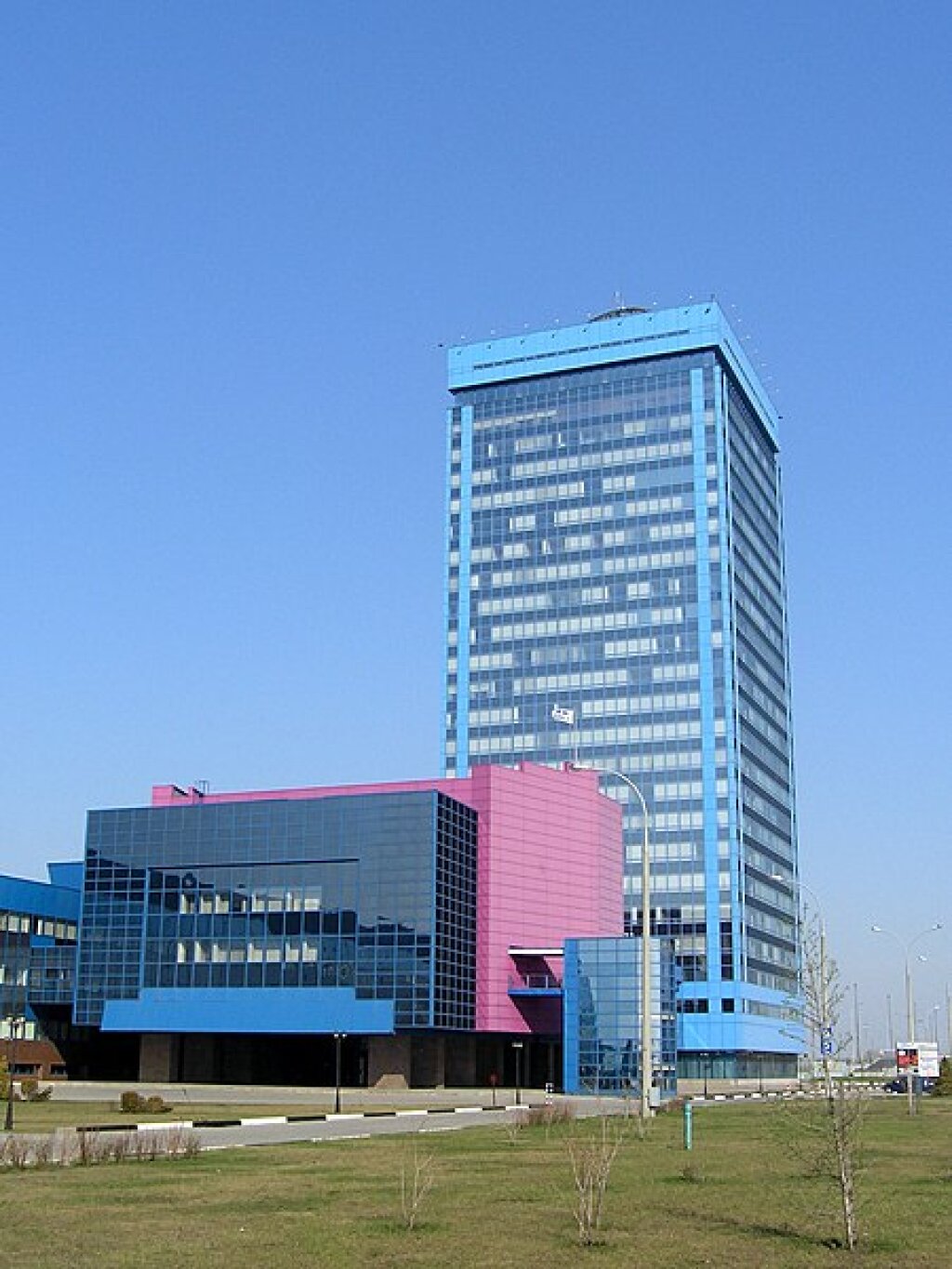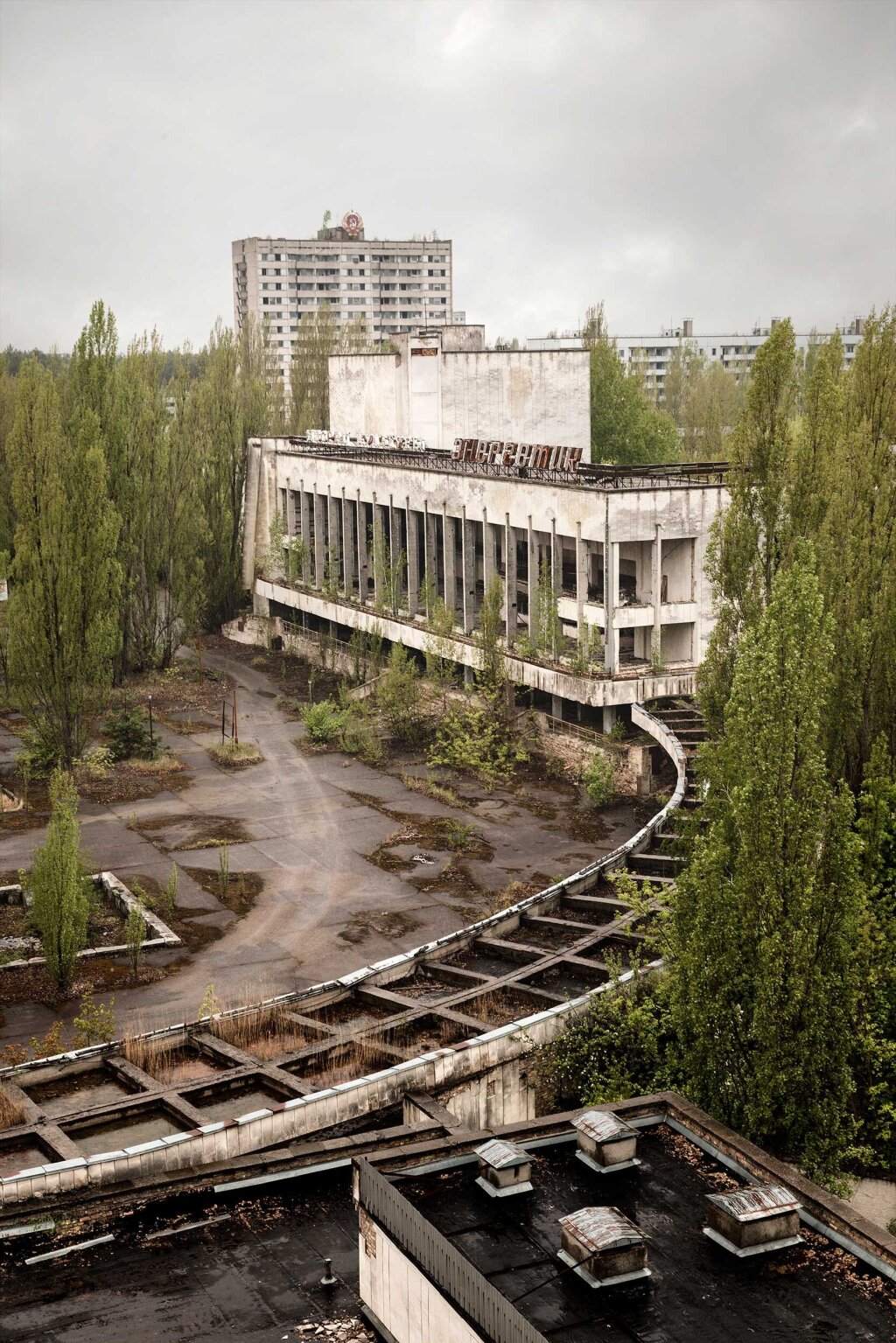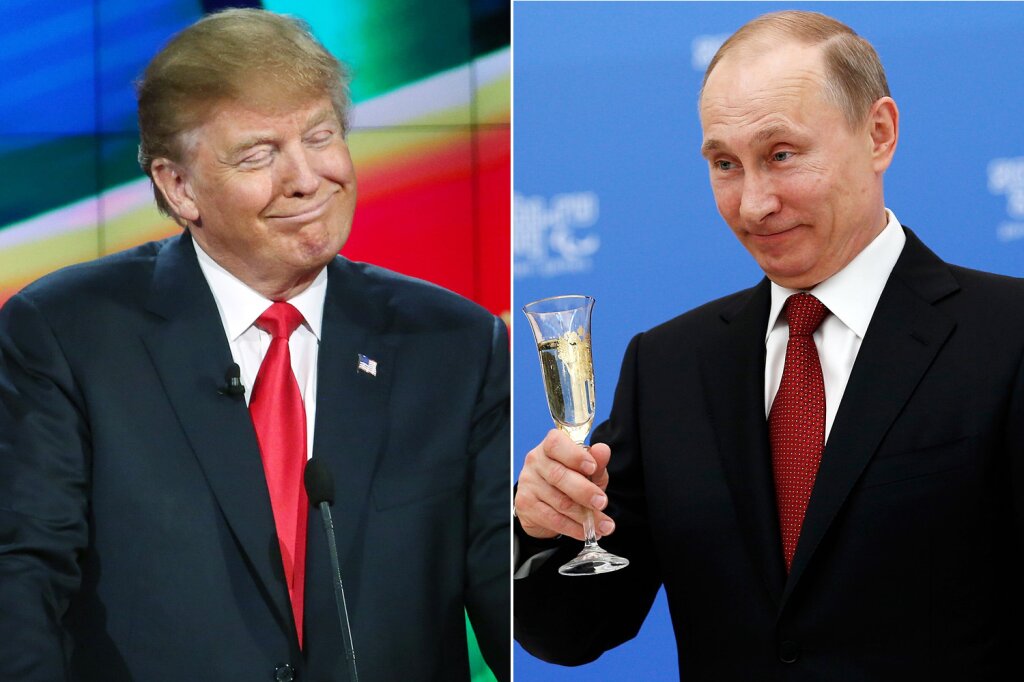The Jordan Center stands with all the people of Ukraine, Russia, and the rest of the world who oppose the Russian invasion of Ukraine. See our statement here.
Above: The AvtoVAZ building in the city of Togliatti, Russia, which was the site of a Soviet-Italian joint venture in car-making.
Marvin Suesse is an Assistant Professor in Economics at Trinity College Dublin and Associate Director of the Centre for Economics, Policy and History (CEPH). His book, The Nationalist Dilemma: A Global History of Economic Nationalism, is forthcoming from Cambridge University Press in June 2023.
The sanctions imposed against Russia for its invasion of Ukraine have led to a partial isolation of the Russian economy. For many commentators, this decoupling seems to fit seamlessly within a long and quintessentially "Russian" tradition of inward-focussed development. This assessment is an oversimplification, as this short historical overview shows. Since tsarist times, most blueprints for Russian and Soviet development allowed for some integration into the world economy. Moreover, attempts at isolation were often highly fraught even within the country.
The most ambitious attempt at industrialization in late tsarist times was probably undertaken in the 1890s, when Sergei Witte directed the Empire’s financial and economic policy. Witte was a self-declared economic nationalist, but this identification did not mean that he cherished isolation. Quite the contrary: His policies were based on a recognition that, as a poor and technologically backward country, Russia could not develop economically without foreign capital and machine imports. The Russian government, therefore, allowed both direct investment by German and British firms into the Empire, as well as importing large amounts of capital from French credit markets. This involvement was to be balanced by shipping grain to the West, and by exporting basic manufactured products to China and Persia. At the same time, the nationalist Witte was keen to minimize any direct control foreigners might have over the Russian economy. He accomplished this goal by distributing the capital raised on foreign markets through a state-owned banking system. Russian trade policy also became increasingly protectionist, shielding domestic manufacturers with high tariffs. Yet these measures were hardly a program for autarky; rather, they amounted to state-managed globalization.
Moreover, even Witte’s isolationist impulses were not the result of some "authentic" Slavophile yearning for Russian isolation. His policy of conditional integration was in line with the protectionist mainstream of the time, molded by thinkers like the German Friedrich List and the American Henry C. Carey. Governments in Japan, the USA and Germany followed similar approaches, albeit with quite different results. It was, all in all, a very internationalist form of nationalism.
The nominally internationalist Soviet Union would eventually turn inward under Stalin, but this course was not predetermined. Lenin’s New Economic Policy of the 1920s was quite open to both American machines and German technicians (though not, to the dismay of bankers, French loans). Leon Trotsky, Stalin’s most formidable opponent, became the leading advocate of international economic integration, reasoning, as Witte had done before him, that economic development in a poor country required openness to foreign assistance and technology. Stalin and Bukharin eventually reversed the Witte-Trotsky logic by declaring that Soviet weakness could be exploited by "colonial" Western powers. Industrialization and true independence, they argued, could only come from within.
The resulting Big Push under Stalin was the most substantive program for isolation to come out of Moscow, and it colors popular perceptions of Russian and Soviet economic orientation to this day. However, there are three elements that complicate this picture of Soviet isolationism. First, a substantial share of the decline in international exposure happened during the Great Depression, a period during which isolation was a global trend. Autarky was not solely Stalin’s brainchild, no more than conditional integration had been Witte’s. Second, Soviet leaders after Stalin attempted to reverse his isolationist course by integrating first with other socialist countries (Khrushchev), and then even with the capitalist west (Brezhnev). The late 1970s inaugurated an era in which American farmers fed the Soviet proletariat, while Soviet oil and gas powered European industry. Just as they had under Witte, late-Soviet planners eyed Western technology. The fact that integration did not advance further is not primarily due to a Soviet yearning for self-sufficiency. The cumbersome institutions of the Soviet economy, with its inconvertible currencies, accounting prices, and sluggish planning apparatus prevented internationalization to a greater degree than policy attitudes themselves. External factors also played a role. Cooperation with China collapsed in 1960 because of Mao’s intransigence—the leader's isolationist instincts being much more developed than Khrushchev’s.
Third, we should not forget that Soviet economic isolation did not imply Russian isolation. Quite the reverse: By command of Moscow planners, the Russian economy was tightly integrated into a web of production and transport links with the economies of the other fourteen Soviet republics. Planners did not tolerate a separate "Russian" economy any more than they tolerated a Ukrainian or Estonian one. It was exactly this point that sparked serious backlashes: not only from Estonians and Ukrainians who felt exploited by Moscow directives, but even from Russian nationalists. Boris Yeltsin argued—with a good dose of hyperbole—that Russia had almost become a "colony" inside the Union, being "forced" to deliver hydrocarbons and raw materials at undervalued prices to other republics. Russia had gotten the worst of both worlds in the Soviet Union, he posited, being neither empire nor nation-state. Yeltsin’s answer was the restoration (or rather the creation) of the Russian nation-state—not as a closed self-sufficient economy, but in close integration with West.
This big-bang program of liberalization and integration was never popular, and Putin promised to reverse course when he took the helm in 2000. Yet Putin’s policies during his first decade, quite like those propagated earlier by Trotsky and Witte, were not blueprints for autarky, either. They were, for sure, nationalist, in their emphasis on using the Russian economy to grow national wealth and power. Putin claimed early on that this goal would be achieved by positioning the state as a dominant actor in commercial affairs. Yet he also realized that foreign investment was essential if Russian industry were to reach modern technological standards. During this time, Russian businesses inserted themselves in global value chains that went beyond the sale of hydrocarbons or cereals. There remained, among some academics and political fringe figures, a yearning for a "Russian Way" of doing economics, but in reality the levers of power in the Finance Ministry and Central Bank remained firmly in liberal technocratic hands.
Putin’s wars against Ukraine have decisively altered this balance. Since 2014, and even more dramatically since February 2022, the twin challenges of industrial mobilisation and foreign sanctions have precipitated an unprecedented inward turn in Russian policy. Self-sufficiency is now the regime’s watchword. Nonetheless, as in Soviet times, today’s isolation is tempered in ways that belie the trope of a walled "Fortress Russia." Although the country boasts a large manufacturing sector, its capacity for import substitution remains limited, due to cronyism, the smallish size of its domestic market, and its distance from the technological frontier. The Witte-Trotsky Dilemma thus rears its head again.
Moreover, Russia’s isolation from the West does not imply general autarky. Conversely, it implies a deeper integration with China, Turkey, and possibly other sanctioned states such as Iran. These new networks are currently helping to supply Russia with consumer goods and industrial components like microchips. Russia has also been surprisingly successful at continuing to source imports through grey and black markets situated in Armenia or Kazakhstan. Similarly, its oil is still for sale on world markets despite sanctions, due to cooperation from a hastily assembled ensemble of Dubai banks, Malaysian entrepôts and Indian buyers. As historians of sanctions have persuasively argued, isolation becomes ever harder to enforce in an integrated world, something that affects the calculations of both the West and Putin. In many ways, it is exactly this ability to maintain integration with some parts of the global economy, rather than its supposed capacity for isolation, that is at the core of Russia’s economic ability to continue its war.



